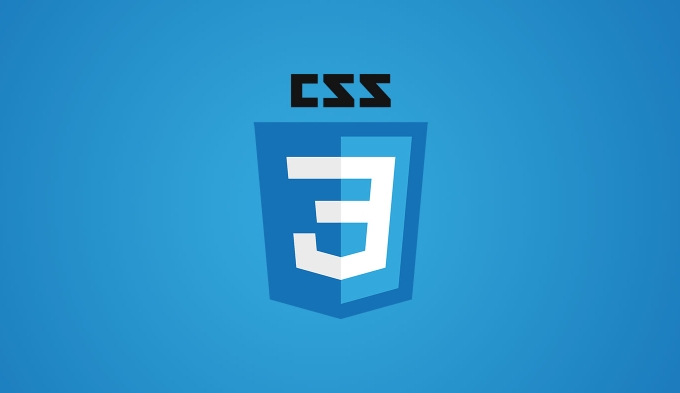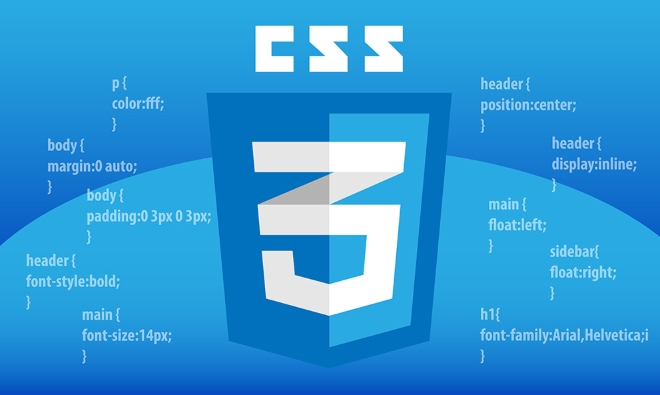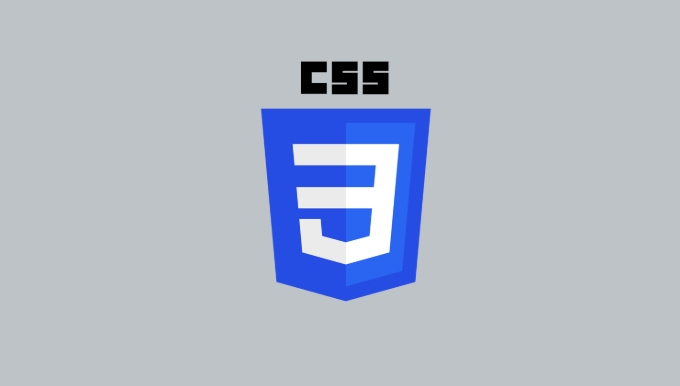To make the picture full of the screen as the background, the key is to use background-size: cover and combine positioning settings. The specific steps are as follows: 1. Set margin: 0 and min-height: 100vh for the body; 2. Use the background attribute to specify the image path and set it to center fixed; 3. Add background-size: cover to maintain scale filling of the viewport; 4. If you need to overlay multiple pictures, use multiple backgrounds and arrange them in the stacking order; 5. Pay attention to optimizing the image format, adapting to focus areas, and handling cross-domain issues to ensure performance and compatibility.

If you want a picture to fill the entire screen as the background, using CSS is actually quite simple, but there are several key points to pay attention to. The most common method is to combine background-size: cover with some positioning settings, which ensures that the image always covers the entire viewport while maintaining proportions.

Set the basic structure of a full-screen background
First, you need an HTML element to host the background image, which is usually done directly on :

body {
margin: 0;
min-height: 100vh;
background: url('your-image.jpg') no-repeat center center fixed;
background-size: cover;
} After setting this way, the picture will automatically scale according to the browser window and will be displayed in a center, without leaving blank or deformed. Be careful to clear margin , otherwise the default margin may affect the effect.
If you want the background image to be fixed (for example, the image to be fixed when scrolling the page), you can add background-attachment: fixed , but this attribute may not take effect on the mobile side and additional processing is required.

Overlaying techniques for multiple background images
Sometimes you may not just want a picture, such as adding a gradient mask or multiple levels of background. You can use multiple backgrounds at this time:
body {
background-image: url('overlay.png'), url('background.jpg');
background-position: center center, center center;
background-repeat: no-repeat, no-repeat;
background-size: cover, cover;
}This method is suitable for some visual effects, such as adding a translucent mask layer to cover the background image to improve the readability of the text. Note that the order is from front to back, and the first picture is at the top level.
Pay attention to adaptation and performance issues
Although cover is very useful, there are some potential problems that need to be paid attention to:
- The image is too large and slowly loading. It is recommended to compress and use a suitable format (such as WebP)
- Some parts on the small screen may be cropped, choose the focus area
- If the image comes from an external link, consider cross-domain issues (especially when using canvas or video backgrounds)
If you find that the background image flashes when the page is loaded, you can consider preloading the image or use opacity to fade into the transition.
Basically that's it. Use background-size: cover and coordinate with positioning and hierarchical control to create a stable and beautiful full-screen background image.
The above is the detailed content of Creating a full-screen background image with css. For more information, please follow other related articles on the PHP Chinese website!

Hot AI Tools

Undress AI Tool
Undress images for free

Undresser.AI Undress
AI-powered app for creating realistic nude photos

AI Clothes Remover
Online AI tool for removing clothes from photos.

Clothoff.io
AI clothes remover

Video Face Swap
Swap faces in any video effortlessly with our completely free AI face swap tool!

Hot Article

Hot Tools

Notepad++7.3.1
Easy-to-use and free code editor

SublimeText3 Chinese version
Chinese version, very easy to use

Zend Studio 13.0.1
Powerful PHP integrated development environment

Dreamweaver CS6
Visual web development tools

SublimeText3 Mac version
God-level code editing software (SublimeText3)

Hot Topics
 How can I include CSS only on some pages?
Jun 11, 2025 am 12:01 AM
How can I include CSS only on some pages?
Jun 11, 2025 am 12:01 AM
There are three ways to selectively include CSS on a specific page: 1. Inline CSS, suitable for pages that are not frequently accessed or require unique styles; 2. Load external CSS files using JavaScript conditions, suitable for situations where flexibility is required; 3. Containment on the server side, suitable for scenarios using server-side languages. This approach can optimize website performance and maintainability, but requires balance of modularity and performance.
 Flexbox vs Grid: Understanding the Key Differences in CSS Layout
Jun 10, 2025 am 12:03 AM
Flexbox vs Grid: Understanding the Key Differences in CSS Layout
Jun 10, 2025 am 12:03 AM
Flexboxisidealforone-dimensionallayouts,whileGridsuitstwo-dimensional,complexlayouts.UseFlexboxforaligningitemsinasingleaxisandGridforprecisecontroloverrowsandcolumnsinintricatedesigns.
 Creating an Auto-Closing Notification With an HTML Popover
Jun 10, 2025 am 09:45 AM
Creating an Auto-Closing Notification With an HTML Popover
Jun 10, 2025 am 09:45 AM
The HTML popover attribute transforms elements into top-layer elements that can be opened and closed with a button or JavaScript. Popovers can be dismissed a number of ways, but there is no option to auto-close them. Preethi has a technique you can u
 What is 'render-blocking CSS'?
Jun 24, 2025 am 12:42 AM
What is 'render-blocking CSS'?
Jun 24, 2025 am 12:42 AM
CSS blocks page rendering because browsers view inline and external CSS as key resources by default, especially with imported stylesheets, header large amounts of inline CSS, and unoptimized media query styles. 1. Extract critical CSS and embed it into HTML; 2. Delay loading non-critical CSS through JavaScript; 3. Use media attributes to optimize loading such as print styles; 4. Compress and merge CSS to reduce requests. It is recommended to use tools to extract key CSS, combine rel="preload" asynchronous loading, and use media delayed loading reasonably to avoid excessive splitting and complex script control.
 How to use Lotties in Figma
Jun 14, 2025 am 10:17 AM
How to use Lotties in Figma
Jun 14, 2025 am 10:17 AM
In the following tutorial, I will show you how to create Lottie animations in Figma. We'll use two colorful designs to exmplify how you can animate in Figma, and then I'll show you how to go from Figma to Lottie animations. All you need is a free Fig
 Breaking Boundaries: Building a Tangram Puzzle With (S)CSS
Jun 13, 2025 am 11:33 AM
Breaking Boundaries: Building a Tangram Puzzle With (S)CSS
Jun 13, 2025 am 11:33 AM
We put it to the test and it turns out Sass can replace JavaScript, at least when it comes to low-level logic and puzzle behavior. With nothing but maps, mixins, functions, and a whole lot of math, we managed to bring our Tangram puzzle to life, no J
 External vs. Internal CSS: What's the Best Approach?
Jun 20, 2025 am 12:45 AM
External vs. Internal CSS: What's the Best Approach?
Jun 20, 2025 am 12:45 AM
ThebestapproachforCSSdependsontheproject'sspecificneeds.Forlargerprojects,externalCSSisbetterduetomaintainabilityandreusability;forsmallerprojectsorsingle-pageapplications,internalCSSmightbemoresuitable.It'scrucialtobalanceprojectsize,performanceneed
 Does my CSS must be on lower case?
Jun 19, 2025 am 12:29 AM
Does my CSS must be on lower case?
Jun 19, 2025 am 12:29 AM
No,CSSdoesnothavetobeinlowercase.However,usinglowercaseisrecommendedfor:1)Consistencyandreadability,2)Avoidingerrorsinrelatedtechnologies,3)Potentialperformancebenefits,and4)Improvedcollaborationwithinteams.






